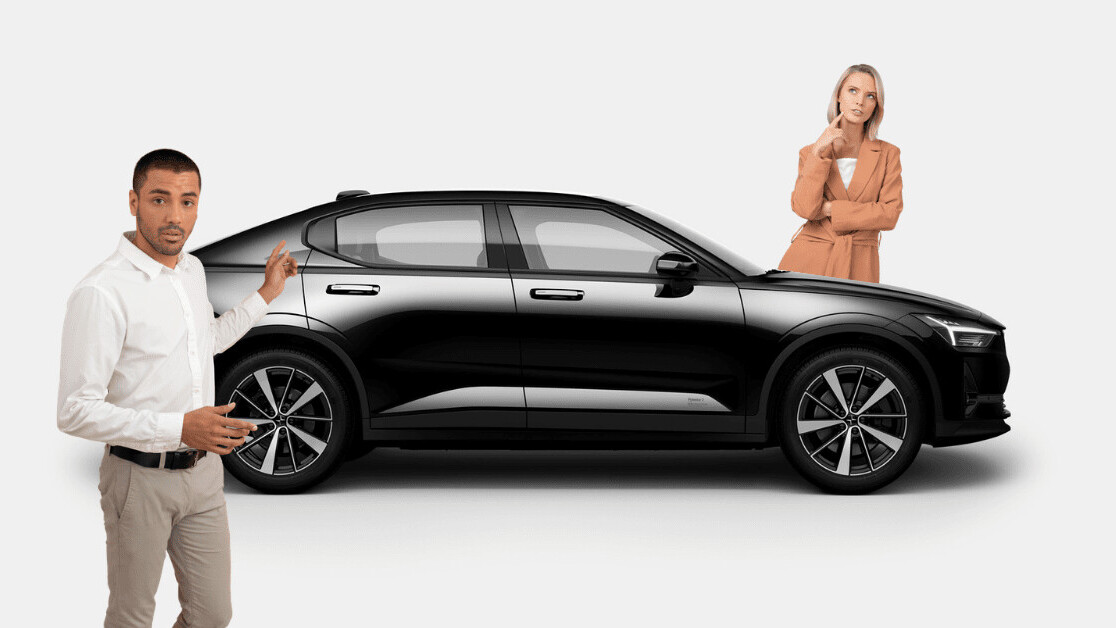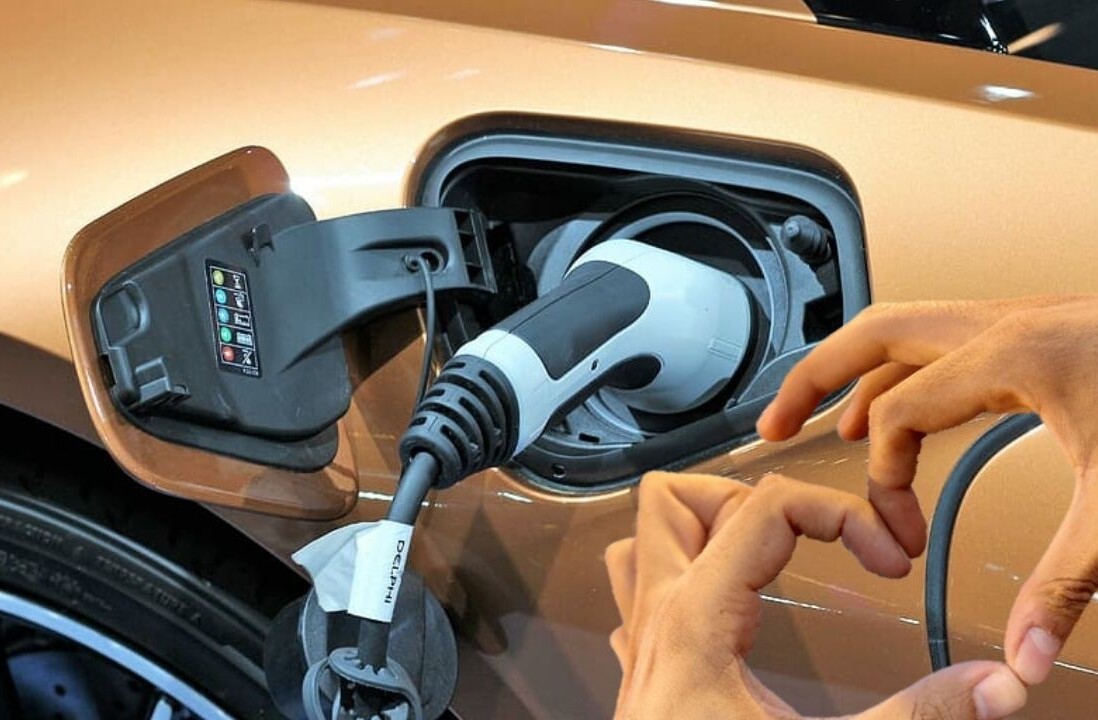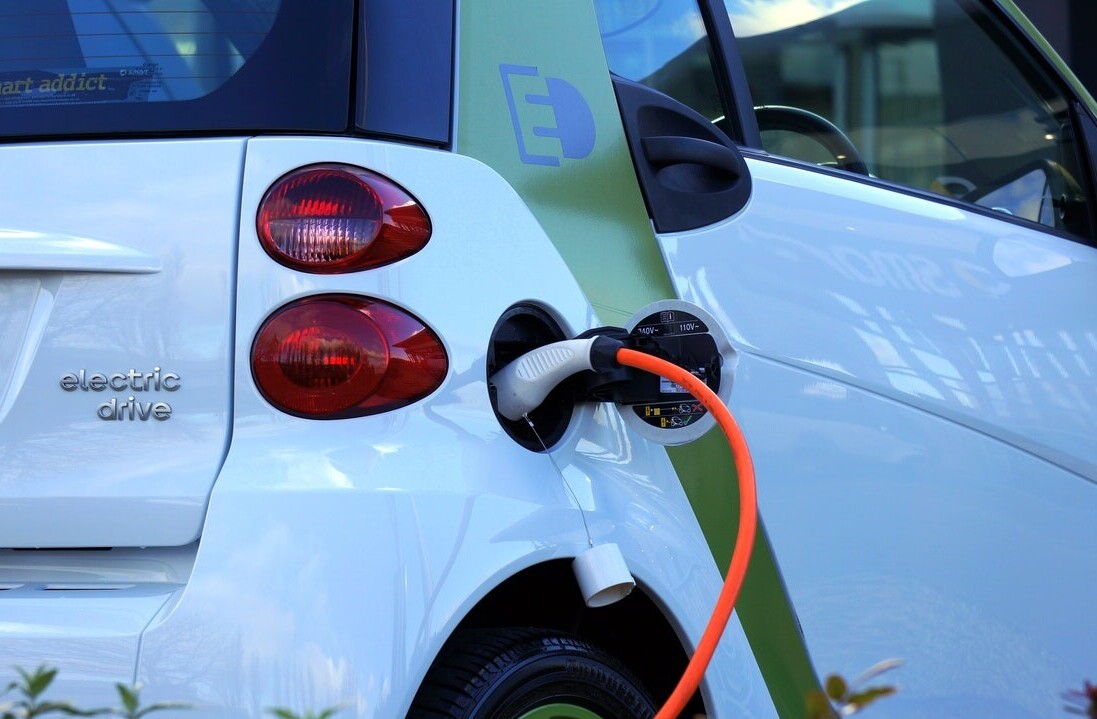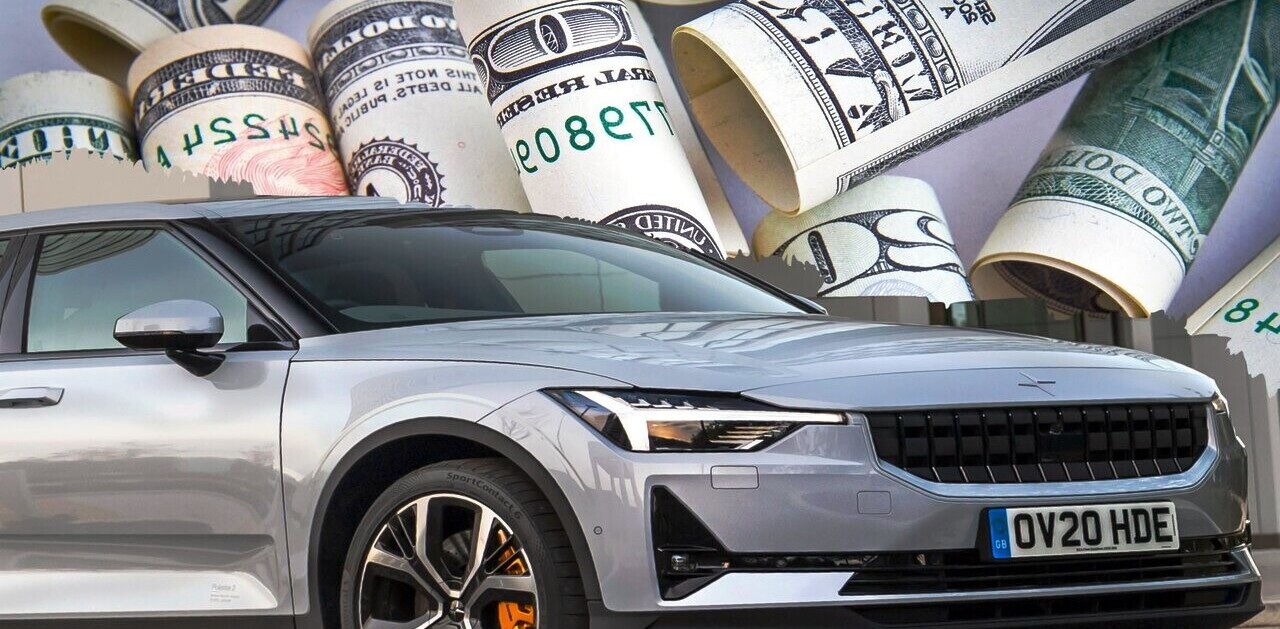You did the right thing for the environment and your wallet and bought an electric vehicle. Congratulations! Welcome to a life of sustainable driving, lower car maintenance costs, and quiet engines. You’ll probably need a bit of guidance getting used to this lifestyle shift away from an internal combustion engine vehicle, so here are a few things you should keep in mind!
1. EV charging tips and good charge point etiquette
Public charging infrastructure is quickly cropping up, but that doesn’t mean charge points are as plentiful as petrol stations just yet. Some good practices to keep when charging in public are:
- Once you’re done charging, move along. You don’t want to be sitting in your car texting or playing Candy Crush on your phone while someone on a dying battery is waiting for a charge!
- Don’t unplug others, unless they’ve left a note saying it’s okay. And on that matter, if you’re okay with others unplugging you while you’ve left your car on the charge and are still waiting in line for an iced coffee, do leave a note! But generally, it’s the same as taking someone else’s laundry out of the dryer at the laundromat so you can use it: A no-no.
- Leave a friendly note if you’ve been ICE-d, rather than the angry one you probably want to leave. In case you don’t already know (and you soon will, intimately), ICE-ing is when someone driving an internal combustion engine car parks in an EV charge spot. Sometimes they do it on purpose, which is rude and annoying, but don’t stoop to their level, and don’t give them a reason to torment other EV drivers in the future. A friendly note can go a long way!
- Don’t always charge up to 100%. You might find that as you’re driving around town, you find yourself stopping to fill up. That’s great! But if you’re on 90%, perhaps you can wait until you get home to top it off. You never know if someone is running low and would really like to get in that spot!
2. How far can I drive on a fully charged battery? Can I drive a long distance?
Most fully charged electric vehicle batteries will take you about 250 miles/400 kilometers, but some, like the Polestar 2, can go almost 300 miles/480 kilometers on a single charge.
Of course, many factors will contribute to how far you can drive. A bigger battery will usually get you a higher range. Flat roads use less energy than hilly or mountainous ones, as does warmer weather. Like all batteries, the older it gets, the less charge it will be able to hold. Finally, an aerodynamic car will get you more mileage per charge because wind will be traveling across the car, not at the car.
But there are plenty of places to charge your EV, both in your own neighborhood and off highways for when you’re taking a holiday.
3. Where can I charge when I’m not at home?
Shopping centers, libraries, workplaces, parking lots….the local list goes on. But for longer trips and holidays, range anxiety is real. However, it’s actually quite easy to plan it out and find charging stations along your route. There are plenty of platforms that can show you where to find charging stations near you, like PlugShare or ChargePoint. Google Maps can also direct you where you need to go, and some EVs like the Polestar 2 come with the application built into the car. Polestar also has a partnership with PlugSurfing across the UK and Europe that makes it easy to pay at public charging stations via a RFID charging key or card.
4. How much does it cost to charge my battery?
Ah, one of the best parts of buying an EV. Cheaper fuel costs. In the UK, you can get a full charge for as little as £8.40 if using your power supply at home. That’s more like €18 in a country like the Netherlands. And that’s likely how much you’ll spend per week, as a fully charged battery should last the average European driver that long.
5. How long will it take me to fully charge?
Newer cars like the Polestar 2 are DC Fast Charge compatible, so they can charge in as little as 40 minutes. A Level 2 charge point would take about eight hours to fully charge, which can be done overnight. Just like plugging in your cell phone before turning in for the night.
6. How often should I charge?
This will depend on how often you use the car, what the climate and terrain is like where you’re driving, your battery life, etc. But charging on average once a week is usually just fine. Many EV drivers like to top up whenever they have their cars parked, which is also a great practice.
7. When should I service my EV?
Say goodbye to needing to change your car’s oil, transmission oil, coolant, belts, and spark plugs. Even brake pads aren’t likely to see as much wear and tear. The only things that will need servicing are tires, lights, wipers, tracking, suspension, and cabin filtration, so you can wait to service until you notice an issue with any of these components. It’s always good practice to have your tires rotated every six months or 12,000 km, and to change the cabin air filter every 12 months or 24,000 km.
8. Will my car battery be affected if I get a car wash?
Short answer: No. It’s perfectly safe to have your EV washed in rollovers, tunnels, and jet wash areas, so don’t worry about damaging any of the equipment. If you want to be extra careful, though, make sure the ignition is on and the car is in neutral when going through the wash tunnel to make sure that it has enough battery power.
Hopefully you’re feeling like an EV pro by now and are ready to take on the world, one charge at a time.
Get the TNW newsletter
Get the most important tech news in your inbox each week.







